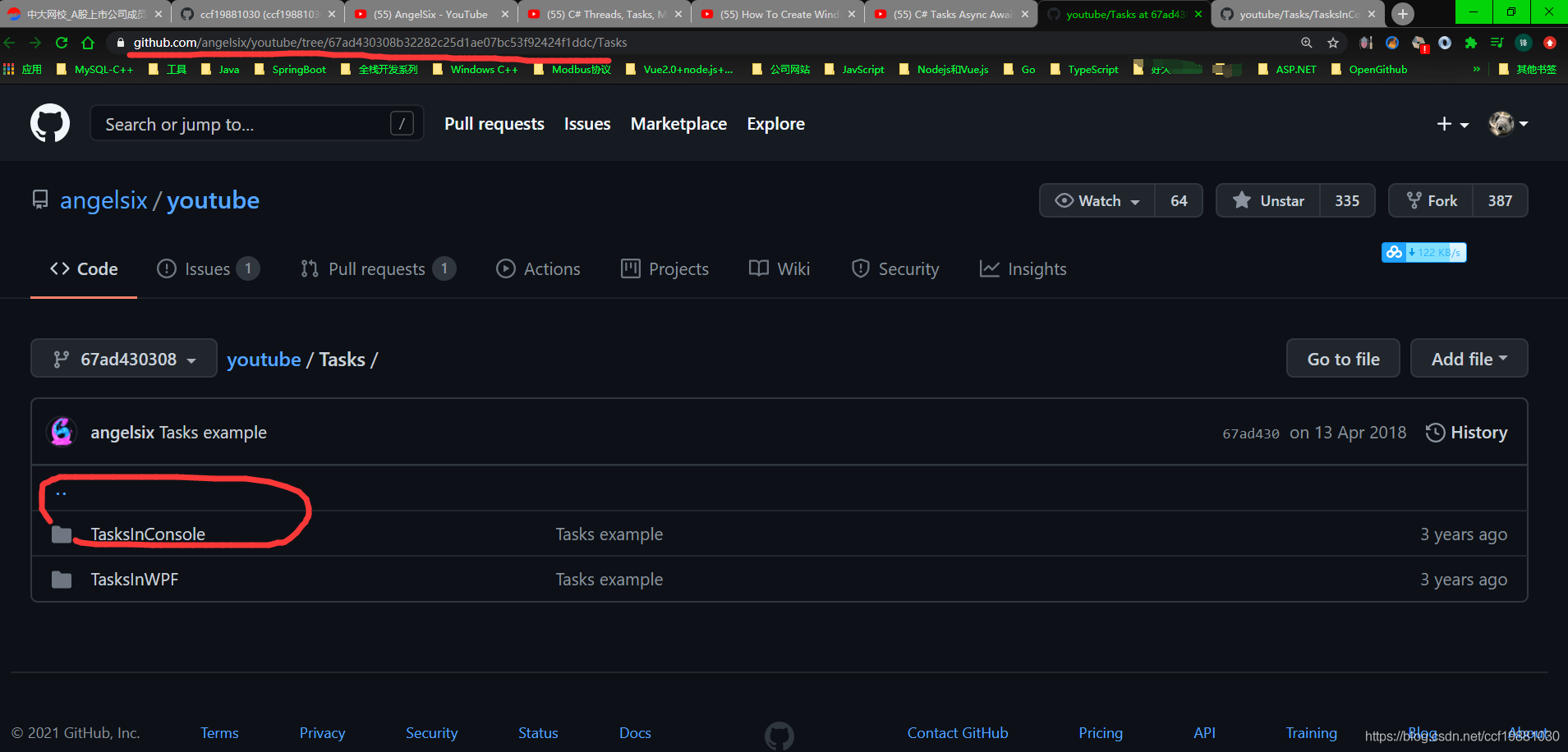I was able to do this by leveraging Jenkins with Selenium Grid... Why Jenkins? a) Jenkins is a build tool and is built to run parallel jobs by default. I leverage that ability to send tests to Selenium Grid in parallel, the Grid manages the flow from that point on. b) Jenkins is part of many development build processes. Dev's could make calls to your QA jenkins to kick off tests as they commit/build. c) Jenkins provides a nice UI to see pass/failures of your tests (as well as sending email notifications of failures) and d) Jenkins has a great Cucumber reporting plugin.
You could avoid Jenkins, but you'll need to send your cucumber features in parallel to the Grid. If you just run cucumber, it will farm jobs to the grid, but they will run sequentially. You would need something to kick off each feature async.
Below is my full set up. Jenkins is basically being used here to start multiple/simultaneous cucumber jobs. the details are below:
Grid Setup
I had 10 VM's. I took VM1 as my primary. It was a windows server box, so I put the selenium grid standalone on it and wrote a batch file like so:
@echo off
“C:\[Add your Java Path Here]\java.exe” -jar “C:\[Add your Selenium Grid Jar Path]\selenium-server-standalone-2.31.0.jar” -role hub
Then used the windows server task to auto run that batch file in case of VM restart.
On each of the other VM's I made them part of the grid by registering them with VM1 (hub):
java -jar selenium-server-standalone-2.31.0.jar -role node -hub http://[the server name of your Selenium Hub]:4444/grid/register -browser browserName=chrome,maxInstances=5
Cucumber Set UP
In Cucumber, I set up a env.rb file in the features/support folder. This allows me to specify command line arguments before the tests run, and what happens when they stop. I added a begin statement that set the a value for using a browser, as well as using the Grid...
Browser & Environment Config
In the env.rb file I add:
def browser_name
(ENV['BROWSER'] ||= ‘firefox’).downcase.to_sym
end
def environment
(ENV['ENVI'] ||= ‘int’).downcase.to_sym
end
Grid Config
Then I add:
Before do |scenario|
p "Starting #{scenario}"
if environment == :int
@browser = Watir::Browser.new(:remote, :url=>"http://[Your Selenium Grid Hub]:4444/wd/hub", :desired_capabilities=> browser_name)
#Optional: in the case of setting your default start page @browser.goto "http://[your start page of your test site]:8080"
elsif environment == :local
@browser = Watir::Browser.new browser_name
@browser.goto "http://[some other environment]:8080"
end
end
Now you could pass a argument like: cucumber feature/login.feature BROWSER=firefox ENV=int and it would farm all the work to the Grid HUB - which should pass it to the Grid NODES it's connected to, with the browser support (i.e send the test for login.feature to a firefox compatible node - maybe not all your nodes have firefox, if they all do, then it will go to any one of them.)
At this point, you get one job at a time going through. So how to run more then one?
You would have a script that kicks off all feature files (or sans-Cucumber, your tests) through that same browser profile to use the Grid HUB. If you use a script it needs to make these calls asynchronously - so all the features/tests are sent to the Grid at the same time and the Grid manages the jobs.
How I did that was with...
Jenkins
Jenkins is used for builds/deploys of code - but in my case I use it to trigger QA jobs. Jenkins is a Java JAR, that you just run... i.e. java jenkins.jar It launches a local UI on some port, and you can start adding jobs.
From a high level
I built Jenkins jobs and had a parent job that ran all jobs - sending them to the Grid. The Selenium Grid Hub would then manage the flow of the jobs.
I wanted to be able to kick off individual feature tests, individual feature tests by browser, and all tests by browser. To do that I started with individual jobs for each feature by browser.
Details
In Jenkins I created "A New Job" and choose "Free style software component" and then filled out the description with "[my feature name] [browser name]" i.e. Login Tests via IE
Down in the Build section of this Jenkins job, I choose to use a BATCH Command. Since it's a windows box, I picked Windows Batch command and input something like this:
bundle exec cucumber BROWSER=ie ENVI=int features/login.feature --format json -o login-results/login.json
That stuff from --format on, that's all making use of a Cucumber reports plugin for Jenkins. It makes these nice looking graph driven reports on the features tests that passed/failed. You don't need it, it's optional.
If you "build" the Jenkins job, it will execute that windows batch file and it does the following:
- Starts the Job
- Runs a cucumber command to use a specific browser (IE in this case)
- Runs all the tests of that feature file (i.e. login.feature could have 20 tests)
- All tests run through the grid, which farms them off to nodes
It's not yet running jobs in parallel though.
Running Jobs in Parallel
Now that Jenkins can kick off the tests by feature and browser, via a Grid - we can now finally run jobs in parallel, we just need more jobs. So create a few more jobs... like:
Jenkins job for registration.feature, and jenkins job for subscription.feature. Each will have it's own windows batch command like:
bundle exec cucumber BROWSER=ie ENVI=int features/registration.feature --format json -o registration/registration.json
Or
bundle exec cucumber BROWSER=ff ENVI=int features/registration.feature --format json -o registration/registrationff.json
That last one is a duplicate of the registration test, just calling a different browser.
Jenkins by default limits how many simultaneous jobs you can run.. I think it's 10. You can change that in the Jenkins config. I changed mine to 40.
So now, you can click on your first Jenkins job:
Login Test via IE
and click BUILD
As it starts, click "BUILD" on your second job:
Registration Test via IE
and the same for your other jobs...
Jenkins will start each job in parallel, farming them to the Grid HUB, which sends the jobs to your appropriate nodes! All in parallel. By default Jenkins limits the jobs to 5 or 10 parallel jobs. You can change that. I modified mine to be 25 to 40, depending on my needs.
Jenkins will also update the UI with pass/fail and has details of the failures in the logs of each job. You can see the history of the failures... and another Jenkins repo (i.e. the dev repo) can make rest calls to your repo to auto trigger these test as they build.
Launching All Tests From One Job
Rather then manually running your individual jobs, you can build a parent job. In Jenkins the parent job would be a NEW Job that is the same type, "Free style software component." You go down to the very bottom and it should have a field called, "Build Other Projects" In that field you can put each project for deploying: Login, Registration, etc.
Now when you "Build" this parent job, you'll see Jenkins starts all jobs/Projects to kick off at the same time. Basically your entire set of tests could start with one click - all being sent to Selenium Grid, which would then manage the flow.
Group Tests
In Jenkins I create tabs for my tests... IE Tests, FF Tests, Chrome Tests, etc.
In each tab I put the appropriate features.
Then I create a new Parent job to kick off all jobs of a type like:
All IE Tests
All FF Tests
etc.
Conclusion
You can probably avoid Cucumber if you like. You just need something to kick off the jobs in parallel, for me I used Jenkins to do that. You could use a script that runs async jobs (kicking off your tests.)
Hopefully something in post is useful to your needs.
I have this documented at my site, along with some pictures of the Jenkins flow...
URLs
My tutorial on setting up Cucumber and Selenium Grid:
http://sdet.us/selenium-grid-with-watir-and-cucumber-browser-automation/
My tutorial on setting up Cucumber Reports with Jenkins:
http://sdet.us/jenkins-and-cucumber-reports/




